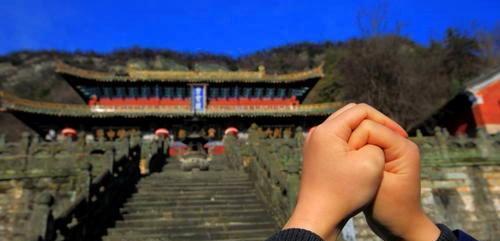In fact, strictly speaking, this question is very general, because the ancient history is very long, especially in an ancient civilization like China, there are 5,000 histories in ancient times, and the status of the left and right in different historical periods is completely opposite.

Simply from a few of the more representative periods to answer. Lao Tzu, or Tao Te Ching, is one of the Three Taoist Xuans, and the author Lao Tzu was later worshipped as the head of Taoism, and this book expounds on the left and right.
The ancient people's understanding of the left and right is related to the auspicious and evil blessings, the auspicious things are still left, and the murderous things are still right. According to the normal psychology of ordinary people who tend to be lucky and avoid evil, it should be the meaning of the left as the big, the big is the meaning of honor, the right is the small, and the small is the meaning of lowliness.
However, in the army, it is just the opposite, the soldiers are also murderous weapons, the saints have to use it, and the army's expedition to fight is a fierce thing, so it is respected on the right, the general is on the right, and the general is on the left. Why? Lao Tzu explained that these murders were treated as funeral rites.
Lao Tzu also said, "The saints cling to the left contract and do not blame others." There is Desch, no Descher". The saint takes the "left deed"—the left half of the IOU—without forcing the man to pay off his debts. This is also a proof of the respect of the "left".
It can be seen that in the same era, when the same country faces different things, the attitude of respect and inferiority of the position adopted is diametrically opposite, not to mention that in different eras and regions in the 5000 history, the understanding of the left and right will certainly be very different.
In traditional Chinese culture, the theory of the five elements of yin and yang occupies a very important position, the theory of the five elements of yin and yang runs through everything and penetrates into all aspects of people's daily lives, so the theory of yin and yang has also established a connection with the left and right, "Miscellaneous Records of etiquette": "Left is yang, yang, ji also", "right is yin, yin, mourning is still also". This is also an important reason why the ancients have always respected the left.
In the Spring and Autumn Period and the Warring States Period, the left was still respected, such as Xin Lingjun, one of the four sons of the Warring States, and driving for Hou Ying was a false left, which is a proof. When Qin Shi Huang unified China, the official position of Zun Zuo and Shang Martin, the person who promoted the change of law in the Qin State, was Zuo Shuchang, which shows that Qin Shi Huang inherited the tradition of respecting the left of the Qin State.
Sima Qian's "History" of the Han Dynasty has the idiom of "unsurpassed right", which seems to have begun to be respected by the right to a certain extent, and since then there has been a word "left migration", that is, the meaning of degrading officials, which also proves the custom of the Han Dynasty to respect the right.
Most of the later generations are contrary to the Right Assent of the Han Dynasty, insisting on the left as the honor, and only the Yuan Dynasty has the right as the honor. From the Eastern Han Dynasty to the Sui and Tang Dynasties and the Two Song Dynasties, China basically adhered to the system of respecting the left and the right. During this period, the left servant was higher than the right servant, and the left servant was higher than the right servant. After the establishment of the Yuan Dynasty, it was changed to the right as the honor, and the right minister was higher than the left minister.
In the Ming Dynasty, this system was changed by Zhu Yuanzhang and became the respect for the left. The Qing Dynasty inherited the Ming Dynasty's habit of respecting the left, and the Manchus, the ministers of the dynasty, generally held the left position or the main position, the first position; the Han officials were all in the right position, and the official position was lower than the left post.
By the end of the 18th century, during the French Revolution, especially in the French Constituent Assembly in 1791, moderate royalists sat on the right side of the chamber, while radical revolutionaries sat on the left, giving rise to the two titles of "left" and "right". The left and the right are not only distinguished between superiority and inferiority, but also related to political attitudes, with the left indicating revolution and progress, and the right indicating conservative and reactionary.
In modern times, the west wind is gradually moving east, this concept has also entered China, the difference between the left and the right is combined with the traditional habit of respecting the left, so there is a habit of center-oriented and left-oriented, which is actually the respect and inheritance of historical habits.